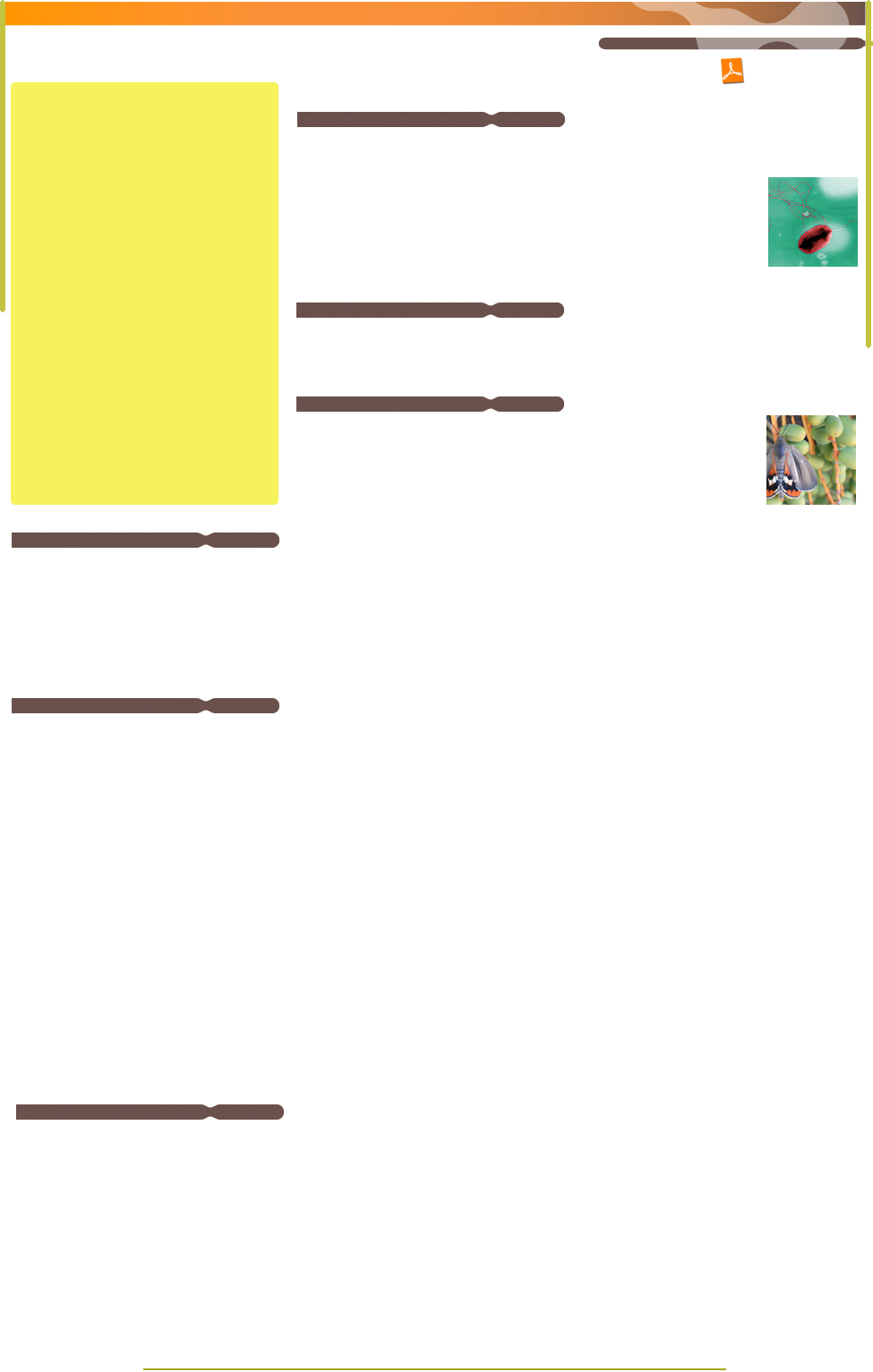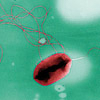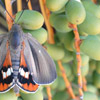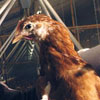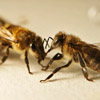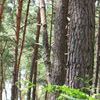M
The use of gases as bactericides dates back to ancient times. Odysseus, upon return to Ithaca after a twenty-year absence, said to his nurse Eurycleia, “Old woman, bring me sulphur and fire in order that I may free the air of its poison and purify this palace.” Then, after he, with the help of his son Telemachus, killed the suitors to his throne who were revelling in the palace...
The Plant Health Laboratory now provides ANSES's supervisory authorities with scientific and technical support for the monitoring and control of quarantine plant pests.
The MLVA (Multiple-locus variable-number tandem repeat analysis) molecular typing method has proven to be very useful for the genotyping of many microorganisms, providing much information, especially in the context of epidemiological studies.
In this study, we developed this technique for the filamentous fungus Aspergillus fumigatus. The method was tested on a panel of isolates of avian origin collected from French and Chinese farms.
The EU-RL for Escherichia coli was thoroughly involved in the recent outbreak of E.coli O104:H4 infections occurred in Europe. Based on the activities carried out in the previous year, a method for the detection of the outbreak strain in food was rapidly developed and distributed to the NRL network, together with appropriate reference materials.
Publication and design
Publication director: M.Mortureux - Editor-in-chief: P. Martin I Asistant managing editor: B. Gouget I Editorial board: ML.Boschiroli, D.Calavas, V.Carlier, S.Delannoy, B.Lombard, JY.Madec, V.Molinero-Demilly, B.Pouyet (SCL), E.Repérant, R.Saunier, E.Verdon
Creation/Development: L.Lelyon, C.Leterq, Parimage
Translation: Coup de Puce Expansion, D.Pottratz, B.Vallantin
Photo credits: Anses, C. Lepetit
ISSN 2110-5294
With this first issue for 2012, EuroReference enters a new phase, as part of a plan to make the journal quarterly starting in 2013. Three issues will therefore be published this year, the two usual half-yearly issues plus a special edition on bioterrorism at the end of the first half of the year.
We are keen to give the journal a European dimension. To achieve this, the first step is to broaden our Editorial Board to include members from other European countries, and so we can expect English to soon become its working language. We will also be calling on the EURLs, if they so wish, to contribute announcements about the training sessions, inter-laboratory proficiency tests (ILPTs) and workshops they will be organising, especially when these have a European dimension.
We are convinced that t he formula for success is to intensify discussions and exchanges within the European Union while keeping the day-to-day problems faced by laboratories clearly in mind.
Editorial board
Lab news
Editorial
Point of view
Focus on a laboratory
Research
EuroReference No.6, Winter 2012
Optical maps provide a graphical representation of the location of restriction sites in the whole genome of organisms under study. They can be obtained semi-automatically using a method developed by the company OpGen. Optical maps offer many advantages when undertaking and completing the sequencing of both prokaryotic and eukaryotic genomes.
The method for determining neonicotinoid residues in bees was developed and validated by the Sophia Antipolis laboratory in 2008 (associated National Reference Laboratory (NRL) for pesticides in food of animal origin and commodities with high fat content, and associated NRL for the analysis of pesticide residues using single residue methods).
Agenda
Methods
